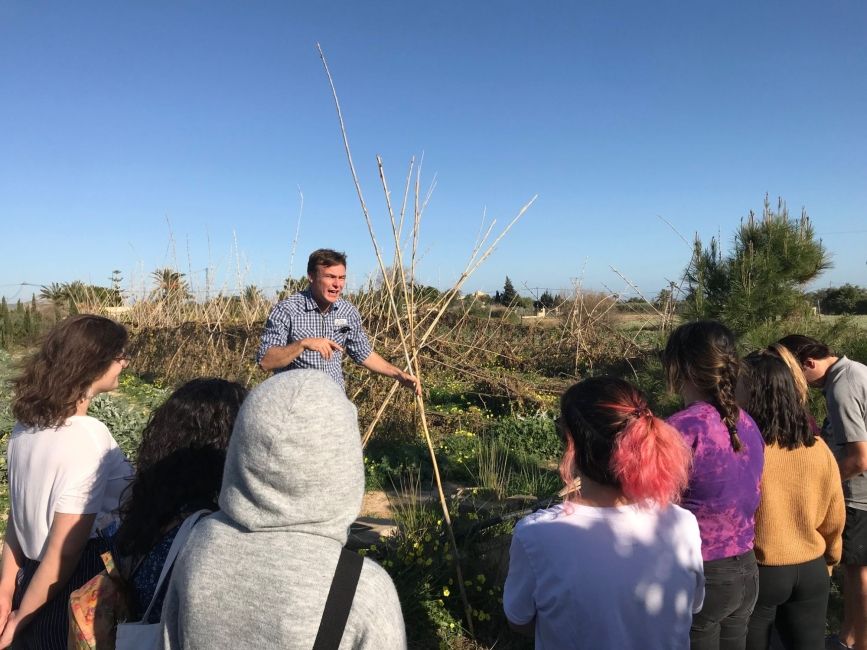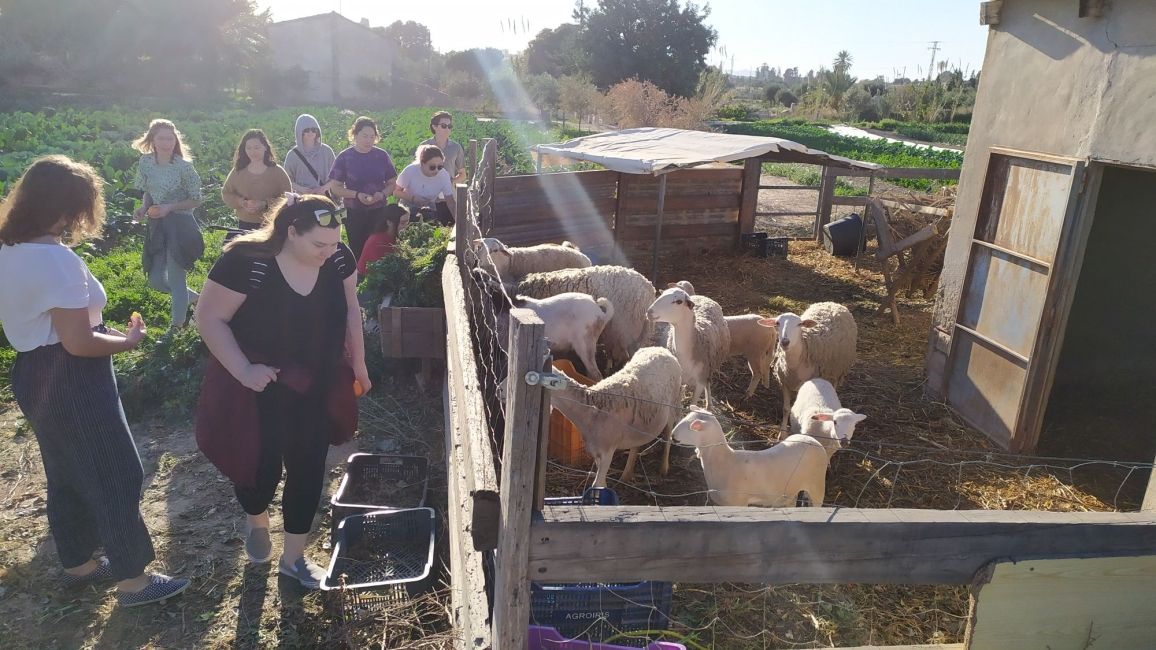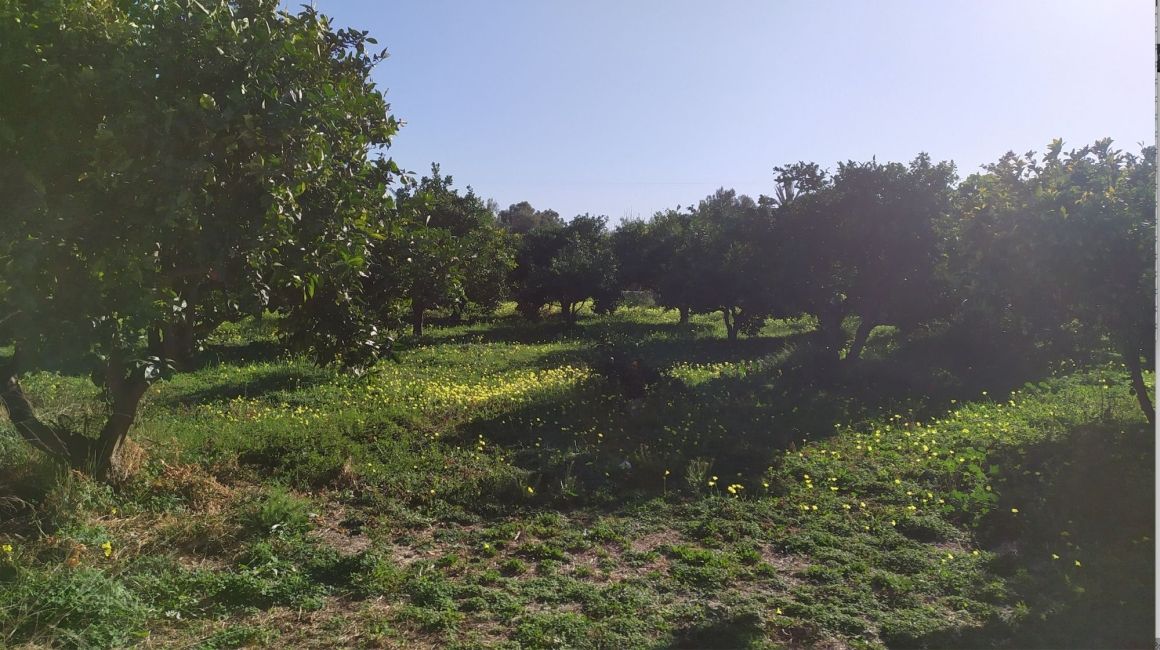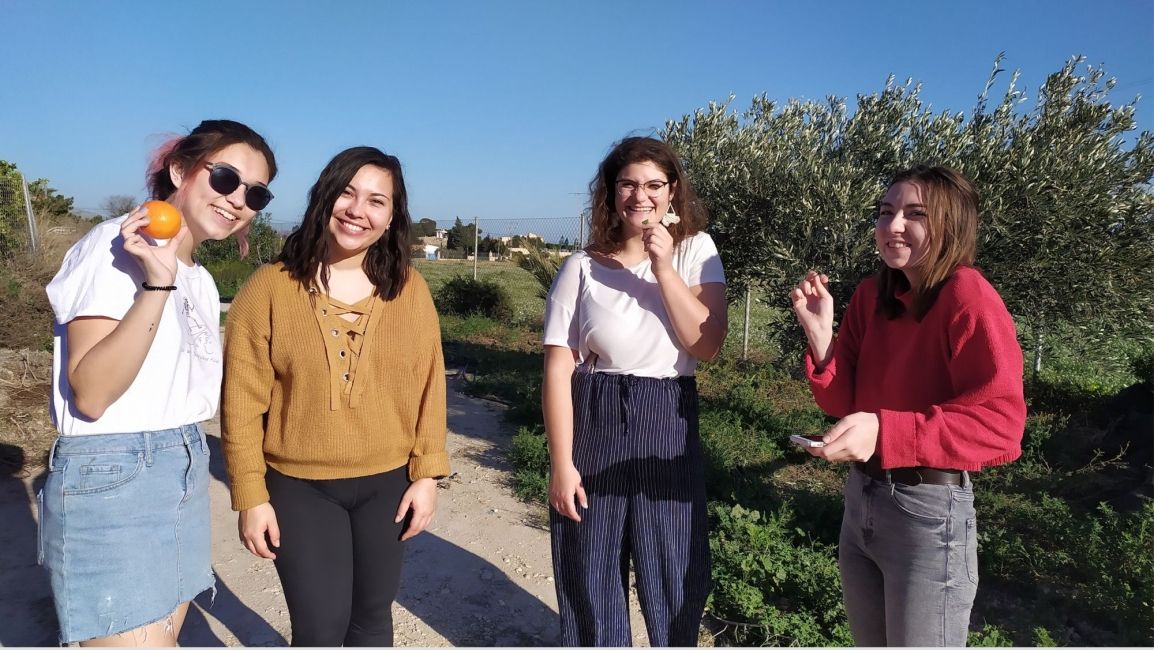Visit to an organic farm
Our Sustainable Food Systems course visited the Cel y Sòl ("Sky and Sun" in Catalan) Farm to learn more about agriculture in Spain, and how it compares wtih the US.
Looking out from an airplane window flying over the American midwest, you will see a patchwork of immense farms: giant circles or rectangles, depending upon irrigation, spanning to the horizon. Many of these farms are 1000 hectares (2200 acres), all growing the same few crops across entire states.
The difference in Spain was obvious just flying in from Madrid. Here, the landscape is filled with irregular shapes, each a different shade of green or yellow, and few are much larger than a few football fields. We spent the afternoon learning why.
Daniel, the farmer who led our group, described his evolution to biodynamic farming--a type of organic agriculture popular in Europe--and how it has shaped his thinking. On his 3 hectare farm, he showed us broccoli, tomatoes, artichokes, kohlrabi, carrots, beets, cardo (a popular vegetable in Alicante, very bitter unless prepared in the way Daniel showed us), and so much more.
There were nine sections to Cel y Sòl, each named after local winds. In every rotation, two sections are left in non-edible cover crops to nourish the soil which Daniel explained is the key to his success. Over the twelve years he has been there, he has never cut corners in building his soil, and now it absorbs nutrients, fights destructive nematodes, holds water in the dry season, and allows him to outproduce his fertilizer-hungry competitors.
Especially beautiful was the orange grove, a quarter-hectare stand of eighty-year-old orange trees growing symbiotically with a flowering yellow groundcover that, of course, nourishes the soil. It must be working, because the oranges we picked to take home were some of the most delicious I can remember eating.
Like in the US, organic agriculture represents only a small fraction of agriculture in Spain, but small-scale farms like Daniel’s are much more viable here, and large stretches of industrial row crops are rare. This is due to a mix of cultural and policy differences, which we will be exploring over the next few months.
What a lovely way to spend the afternoon, and now we have a lot to discuss in class on Thursday!
Related Posts
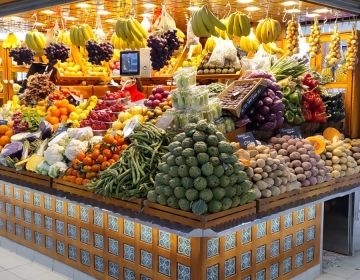
Indispensable stop in Alicante: The Central Market
The Central Market of Alicante can stimulate your five senses. It is a compendium of smells and colors. Fish stalls are a good example. It is very nice to walk... keep reading
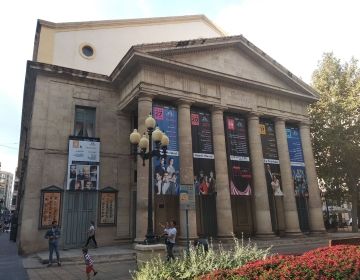
Alicante, city of culture: Teatro Principal
Today I am going to introduce the theater of Alicante, called 'Teatro Principal'. Alicante is a relatively small city, as it has at about 330.000 inhabitants. However, there are many... keep reading
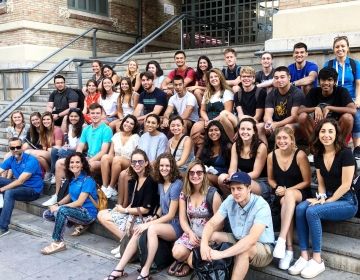
Back to work
Hello everyone! It is hard to believe how incredibly time flies. After an intense summer with college and high school groups, and a little break, we are back with our... keep reading
